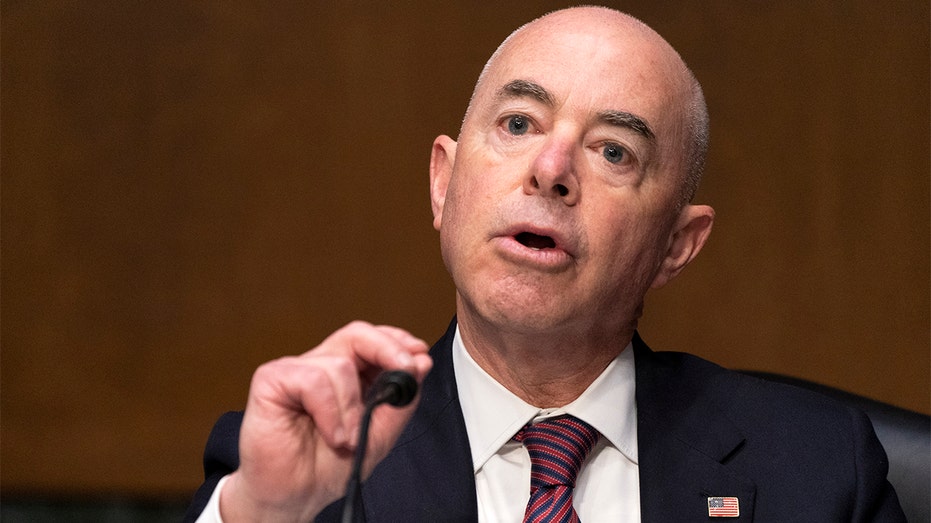LTAFs: What are they?
Long-term asset funds, or LTAFs, are sweeping the asset management world, despite very few people knowing what they are.


Long-term asset funds, or LTAFs, are sweeping the asset management world despite the fact that very few investors understand what they are.
Schroders has been the biggest advocate of the investment vehicle, looking to launch a variety of LTAFs focusing on venture and growth, private equity, and renewables. It announced a new one just yesterday.
Other fund houses interested in or planning to launch them include Aviva, Blackrock, and Willis Towers Watson. Fulcrum is targeting a launch in the middle of this year.
But what actually are they?
The LTAF is an open-ended fund structure that can invest in illiquid assets such as property, infrastructure, and private companies.
Launched in response to the EU’s European Long-Term Investment Fund initiative, the LTAF is meant to allow investors to access private assets in an open-ended structure rather than a close-ended one like investment trusts.
So why not go for an investment trust?
Well, volatility. Since investment trusts are listed on the stock market, their prices change daily, meaning they won’t always reflect the price of the underlying assets in the vehicle.
Especially right now, investment trusts are very out of favour. In some cases, their market values have fallen to half of the value of their underlying assets.
Meanwhile, traditional private equity funds often force investors to wait up to a decade to take their money out.
LTAFs have been designed to find a middle ground between the two, but there is a catch: Investors have to give six months’ notice to withdraw their money from the LTAF.
Private capital is in a boom period right now, with assets in the sector more than doubling over the last decade, and plenty of fund houses see LTAFs as a way to capitalise on its popularity and offer it to investors.
However, there is reason to be wary.
Open-ended property funds have seriously suffered in recent years. Due to concerns over liquidity, these funds were forced to suspend withdrawals after both Brexit and the coronavirus pandemic. The sector has seen almost constant outflows in recent years, and plenty have shut down.
Meanwhile, investing in private companies through open-ended funds has had its reputation tarnished by the Neil Woodford scandal, with the fund being forced to shutter and investors losing billions in the process.
While this vehicle aims to avoid those problems, it is still a new experiment, so plenty of platforms are hesitant to offer them up to their retail base.
The first LTAF launched to the public, the Schroders Capital Climate+ LTAF has returned almost six per cent since launch in April last year, though assets still sit at a paltry £61m, according to data from Fundinfo.
Meanwhile, the Schroders Greencoat Global Renewables+ LTAF, which launched in January of this year, has grown only 0.4 per cent. Its only managed to attract £45m of assets.


